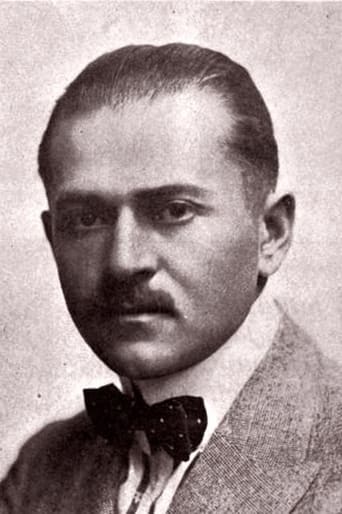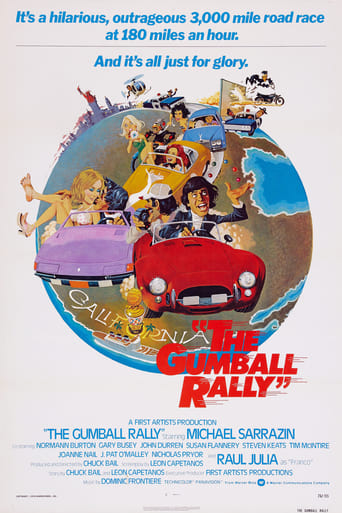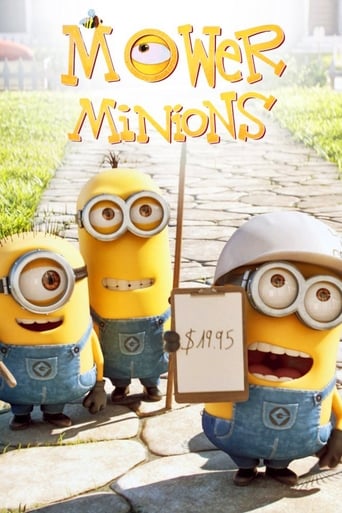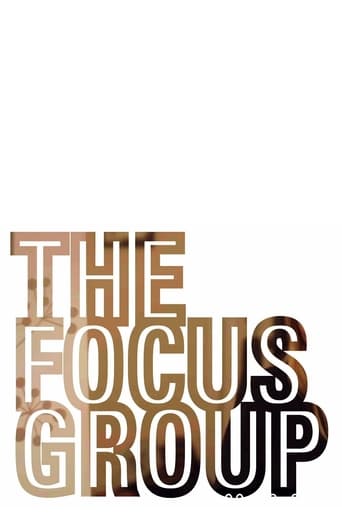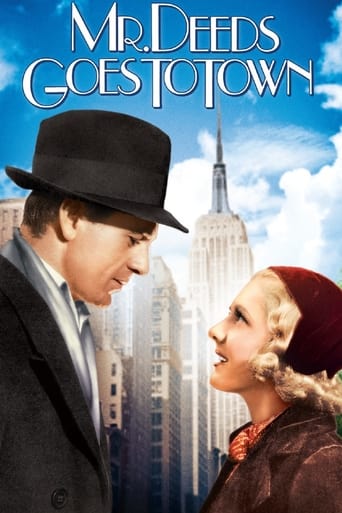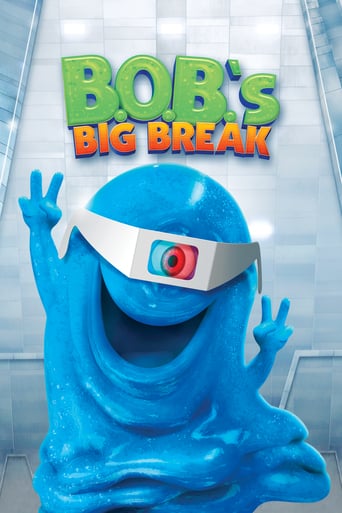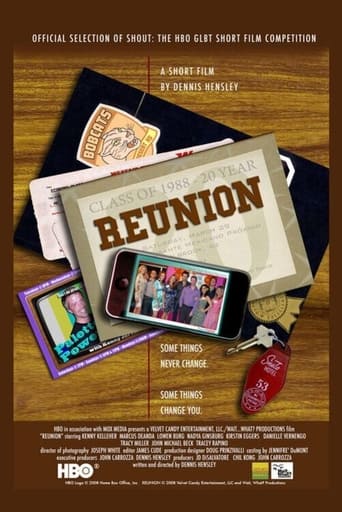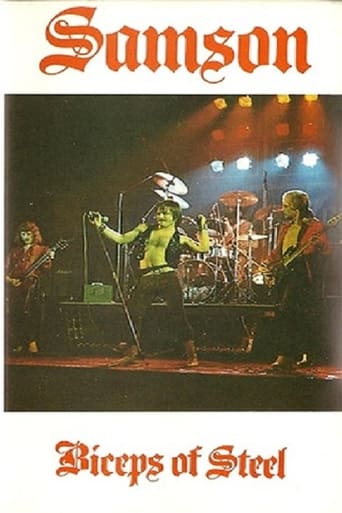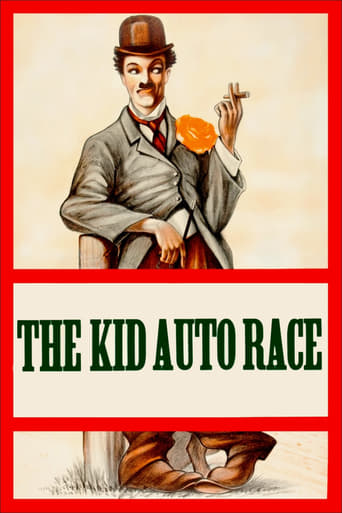
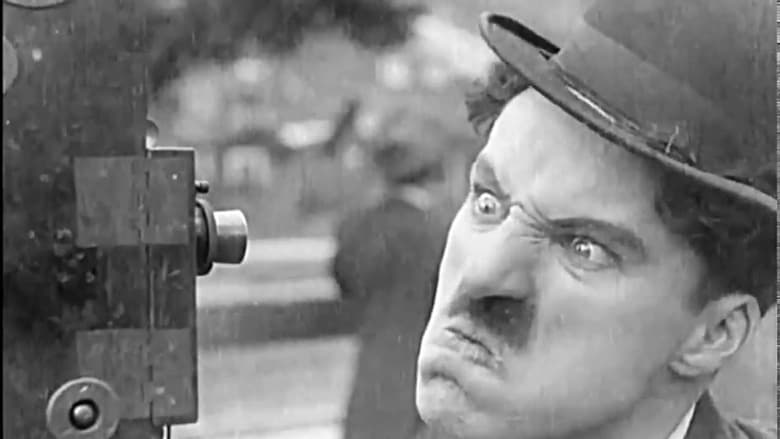
Kid Auto Races at Venice (1914)
The Tramp interferes with the celebration of several kid auto races in Venice, California (Junior Vanderbilt Cup Race, January 10 and 11, 1914), standing himself in the way of the cameraman who is filming the event.
Watch Trailer
Cast
Similar titles
Reviews
Good movie but grossly overrated
A film with more than the usual spoiler issues. Talking about it in any detail feels akin to handing you a gift-wrapped present and saying, "I hope you like it -- It's a thriller about a diabolical secret experiment."
Like the great film, it's made with a great deal of visible affection both in front of and behind the camera.
Great story, amazing characters, superb action, enthralling cinematography. Yes, this is something I am glad I spent money on.
To what others have said about this short's historical importance, I'll just add that the movie is also very funny. The Tramp's seriousness, curiosity, and vanity make this weird prank of a short charming and silly.The movie also drips with cool period atmosphere. I wish more of the Keystone shorts had used this guerilla-shooting-at-real-events approach.
"Kids Auto Races At Venice" (1914, Lehrman) This film marks the second film Charlie acted in and the first time we would see the famous 'tramp' character. It's six minutes of Charlie at a racing cart/box/derby race thing walking onto the racing track and in front of the cameraman. He is constantly shoved or knocked out of the picture. It's neat that the film gives us the 'camera' eye as well as a couple of other points of view. So we get to see Charlie intentionally blocking the camera and getting manhandled for it repeatedly. Charlie is like a fly that won't shoo. But, alas, six minutes of one routine is a bit much. And yet, this film is as much a part of our film history as any other 'important' picture. It's 1914 dudes!!
In 1914, Charlie Chaplin was an obscure British vaudeville actor touring America when he walked into the Keystone Studios in California He then proceeded to crank out over 30 films in the following eleven months, sometimes making over two films a week, many of which he directed It was during this time that he adopted his classic tramp character, a real landmark moment in film history In his second film, "Kid Auto Races at Venice," he simply improvised in front of a crowd watching a kid auto race in Venice, California Those in the crowd were completely unaware they were watching a superstar in the making and were probably just wondering who on Earth he was In the haste to get the films out, negatives were destroyed, and maybe only twenty prints were made which were then duplicated -- those were then copied, and so on, so the films quickly got damaged Movie theaters would often cut them down (with no real expertise) to save time, so whole scenes were lost Some films even had different endings What were left were dozens of different versions of the same film They were even re-issued with new titles Now, 91 years later, the British Film Institute, together with Cineteca in Bologna, Italy, have been scouring the world's archives and private collections for as many different versions as they could find and then painstaking reassembling a new master copy from all the different permutations, to bring them back as close as possible to the original version
There has been quite a bit of debate through the years among silent film fans as to whether KID AUTO RACES AT VENICE should or should not be considered the birth of Chaplin's Tramp. On the one hand, much suggests that MABEL'S STRANGE PREDICAMENT was filmed a bit earlier; the most significant evidence being Chaplin's own recollection in his autobiography. However, KID AUTO RACES AT VENICE was definitely the first of the two films to be released and hence introduce the character to audiences (if only by a mere two days--films were made more rapidly back then). Perhaps it doesn't really matter that much, in the end. This improvised little film does in any case provide one of Chaplin's very, very first performances as the Tramp. As Swedish poet and critic Lars Forssell has pointed out, the film has received retrospective interest more or less similar to that given the earliest paintings of Pablo Picasso.What is certain is that Chaplin appears to be more comfortable and playful with this new-found outfit of his, than in his very first film MAKING A LIVING (where he'd appeared with a more typical villain-type of costume). He'd still spend a few months or even years developing the character into the immortal personality we all remember so well, but also if one ignores our own knowledge of what would come later, I believe the potential is very evident even at this point. The plot is perhaps even simpler than the average Keystone-film: Charlie attends the races one afternoon and causes frustration for a cameraman, played by the actual director of this film Henry Lehrman. Many a commentator of the film has remarked that the constant kicking between performer and director in this film may not have been all acting. Lehrman and Chaplin constantly argued, as the director felt this newcomer from England took too many liberties as a performer. The entire film, which was shot on location, lasts for seven minutes, and doesn't really go anywhere.CITY LIGHTS is a far way ahead, no doubt about it. However, there's something about this little fellow, even here. His way of turning up again in front of the camera, as Lehrman is apparently trying to shoot some footage of the actual races, is still funny. I can hardly think of any other performer, at Keystone or anywhere else, who could've done so well with so little material, especially when one considers that few of his colleagues at the company had much faith in him at this early point. His peculiar grimaces and agility make one interested in this little pest of a fellow. Had Chaplin not been in KID AUTO RACES AT VENICE, and marked the film with the Tramp's oddly unforgettable presence as well as historical interest in retrospect, it would probably have been one of Keystone's least memorable efforts, in their history. However, one other notable feature in the film is the fact that it was filmed during an authentic 1914 "kid auto race," with an authentic audience not prepared for a film crew. Some bystanders seem to be uncertain about Chaplin's role; is he part of the crew, or an actual pest? Soon enough, of course, few were to wonder who Charlie Chaplin was. (This review has since been somewhat updated and revised, Jan. 2013)

